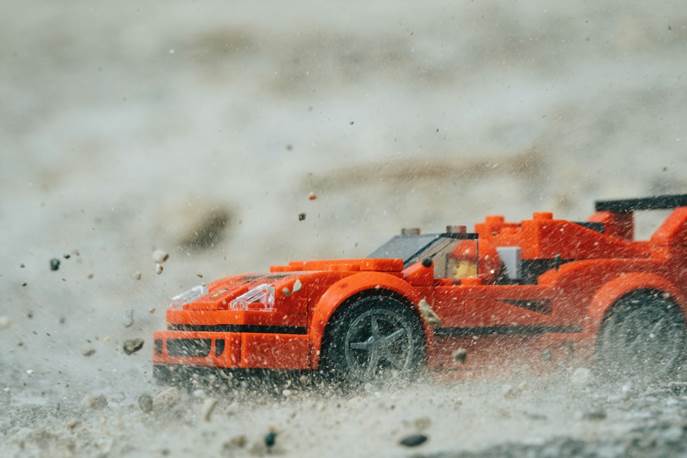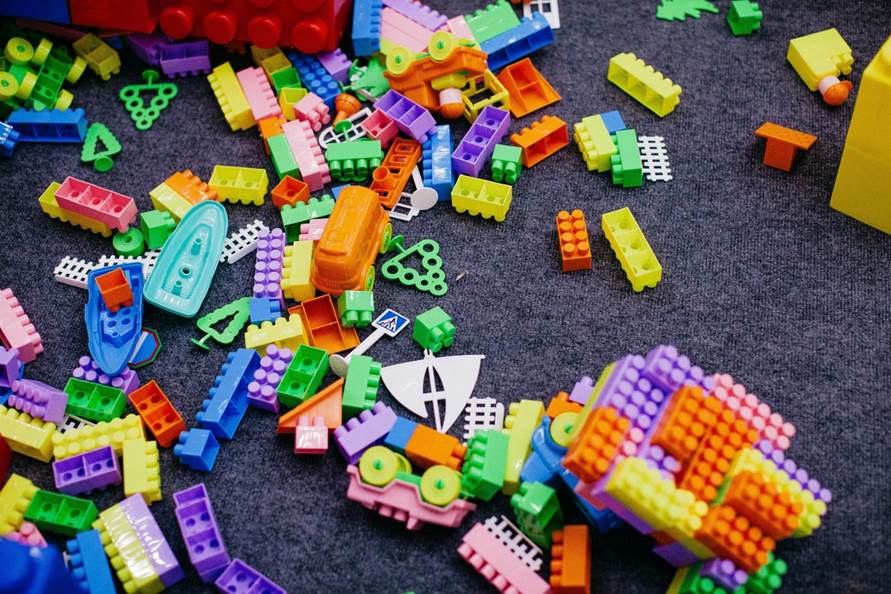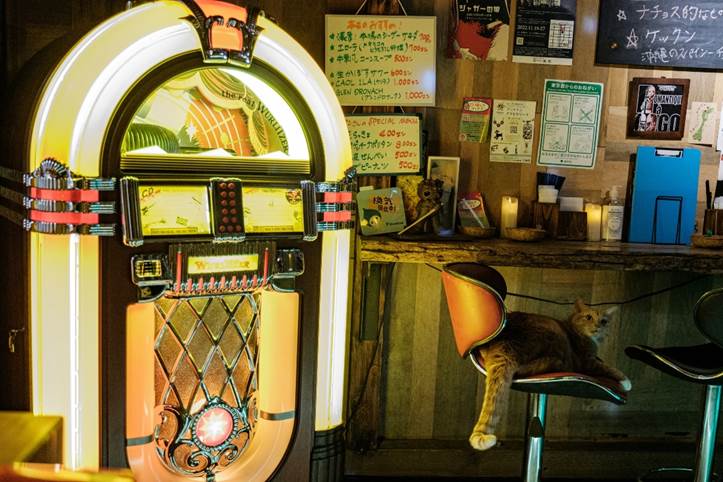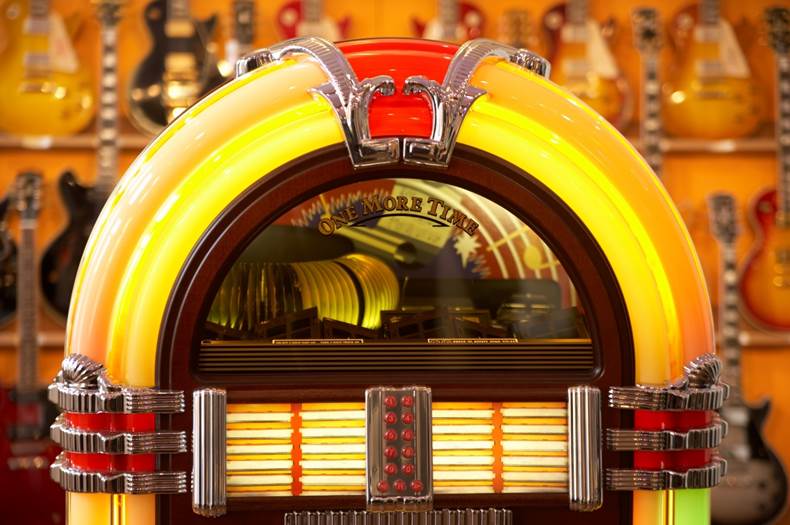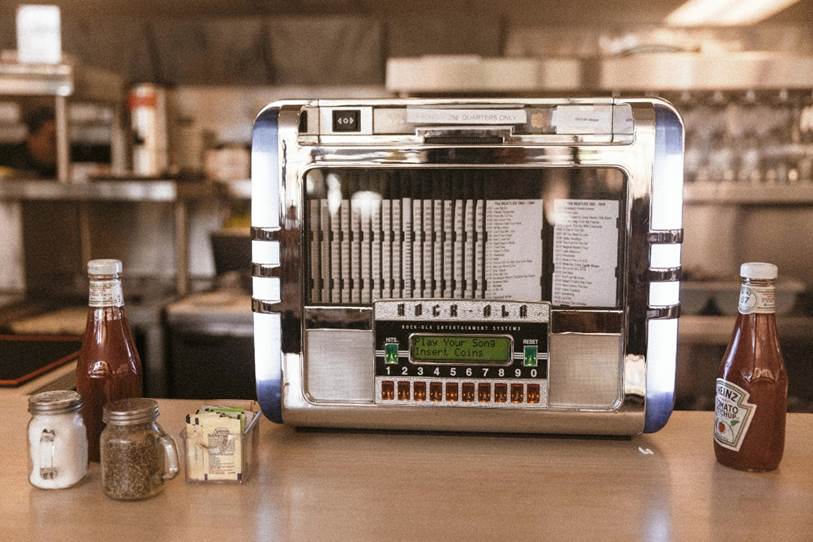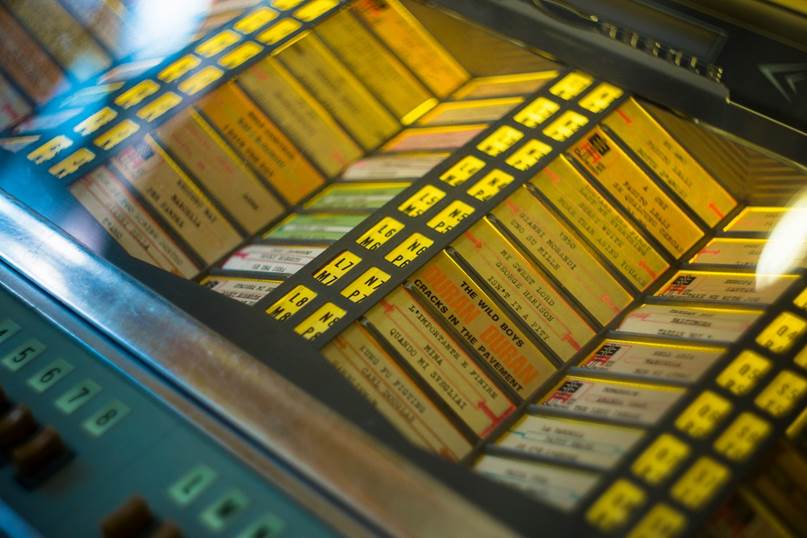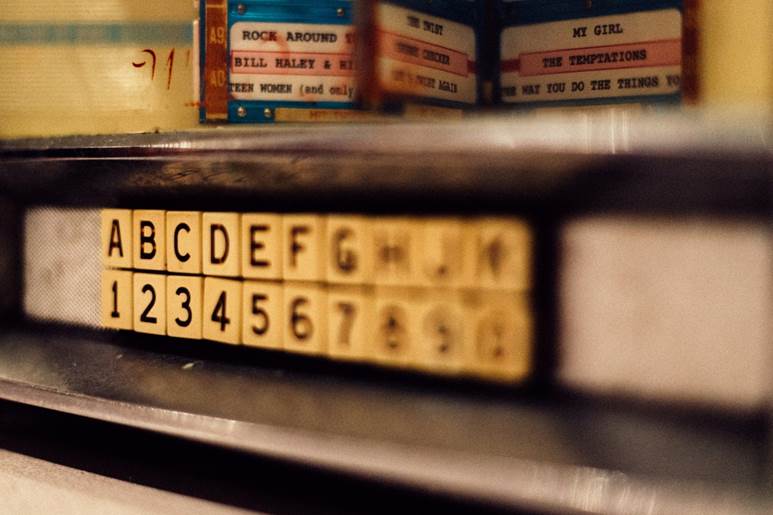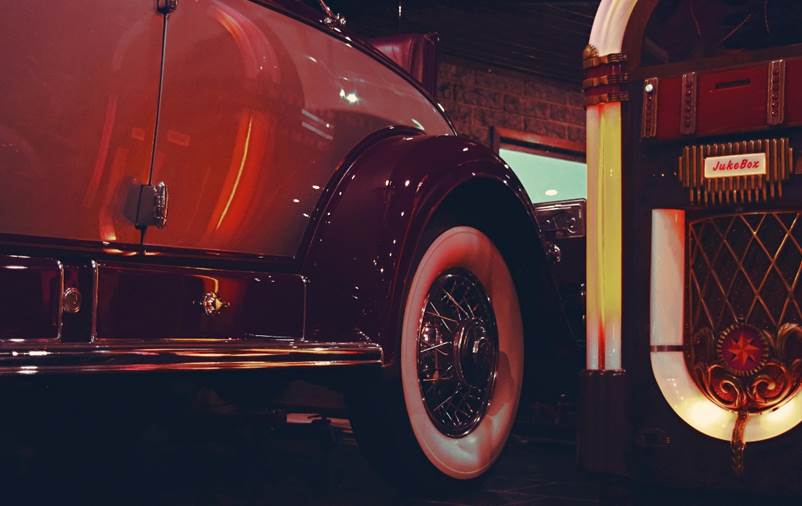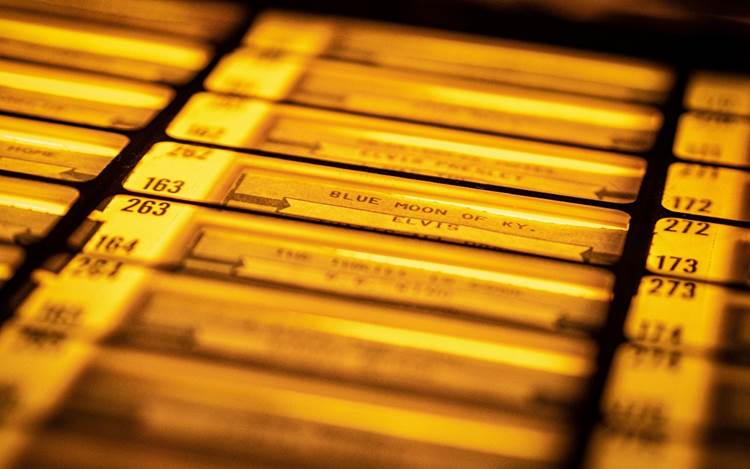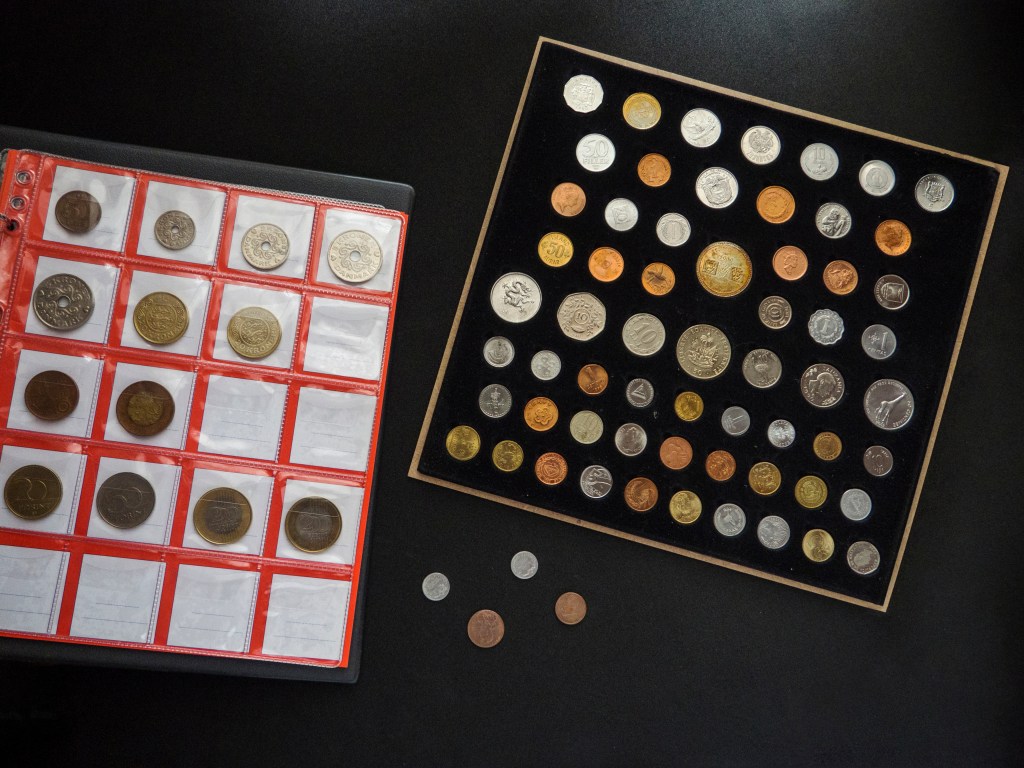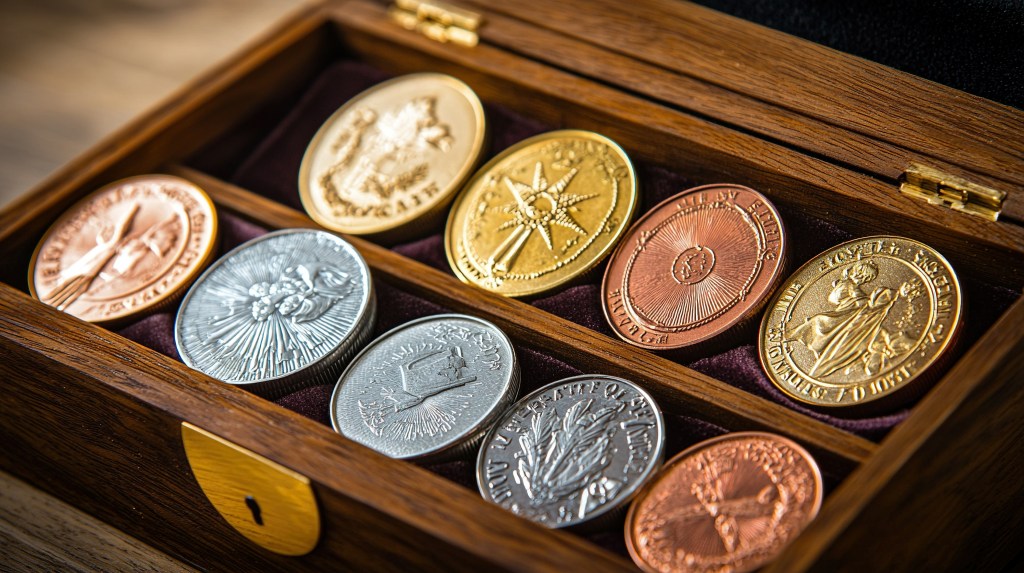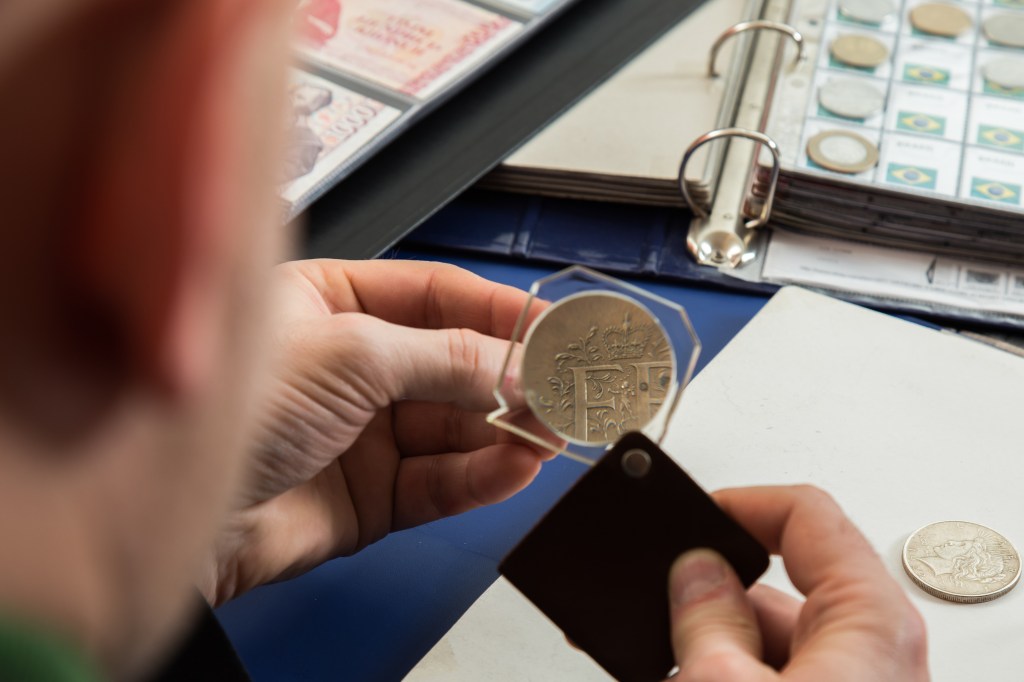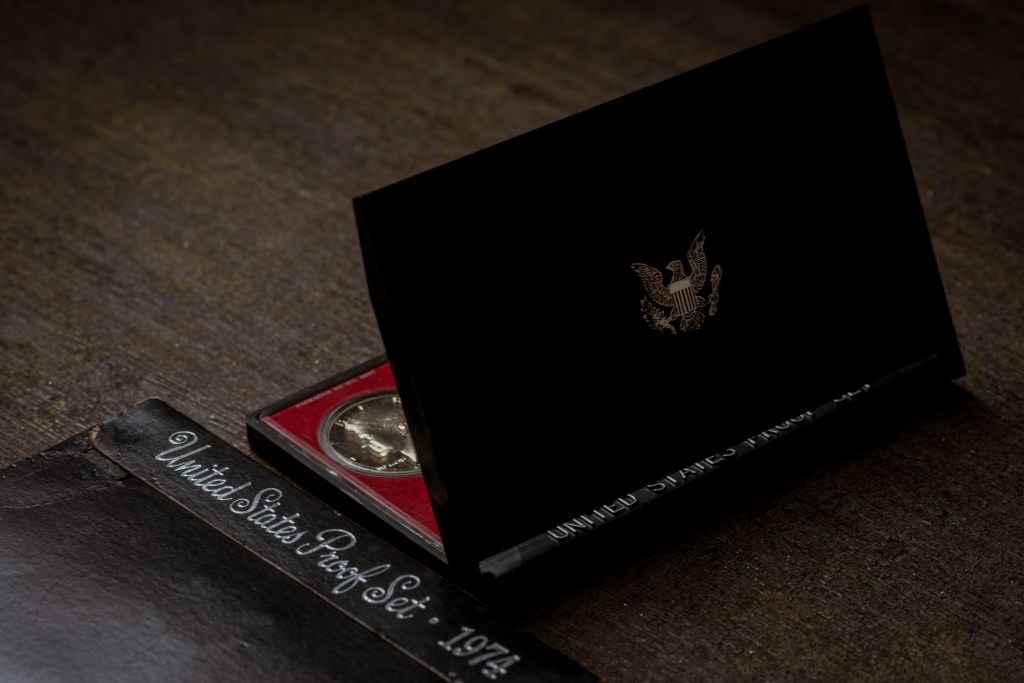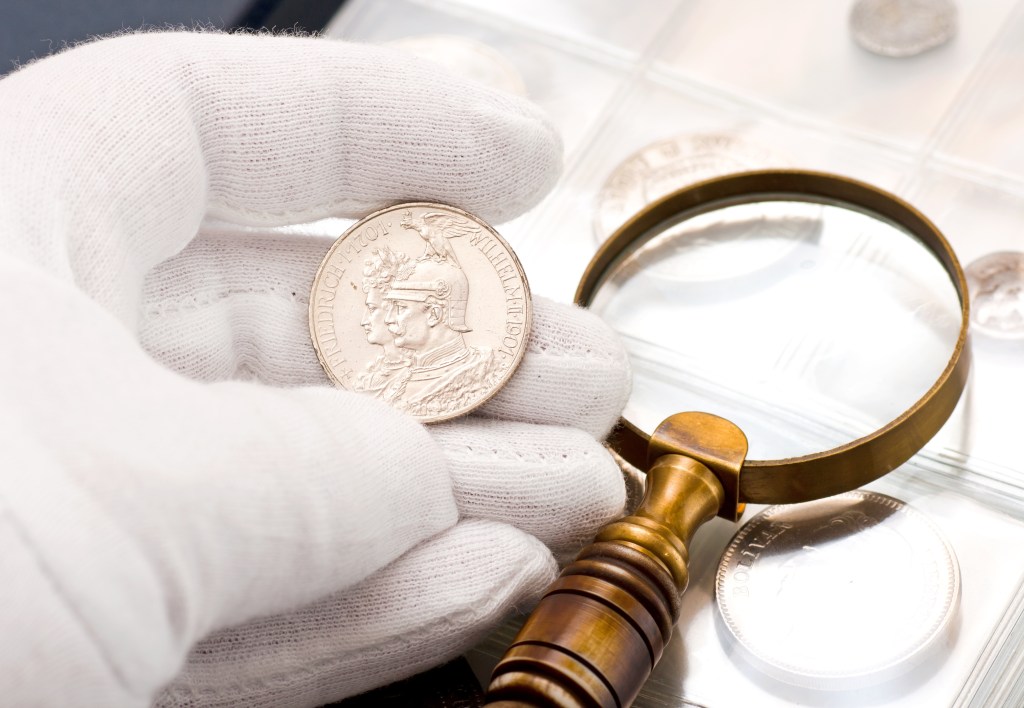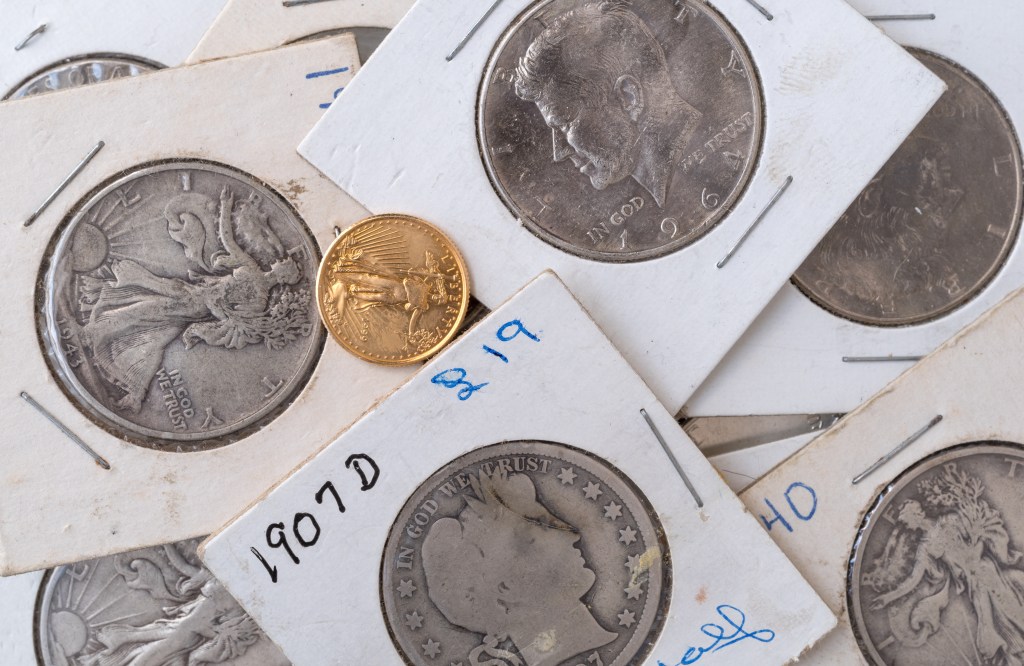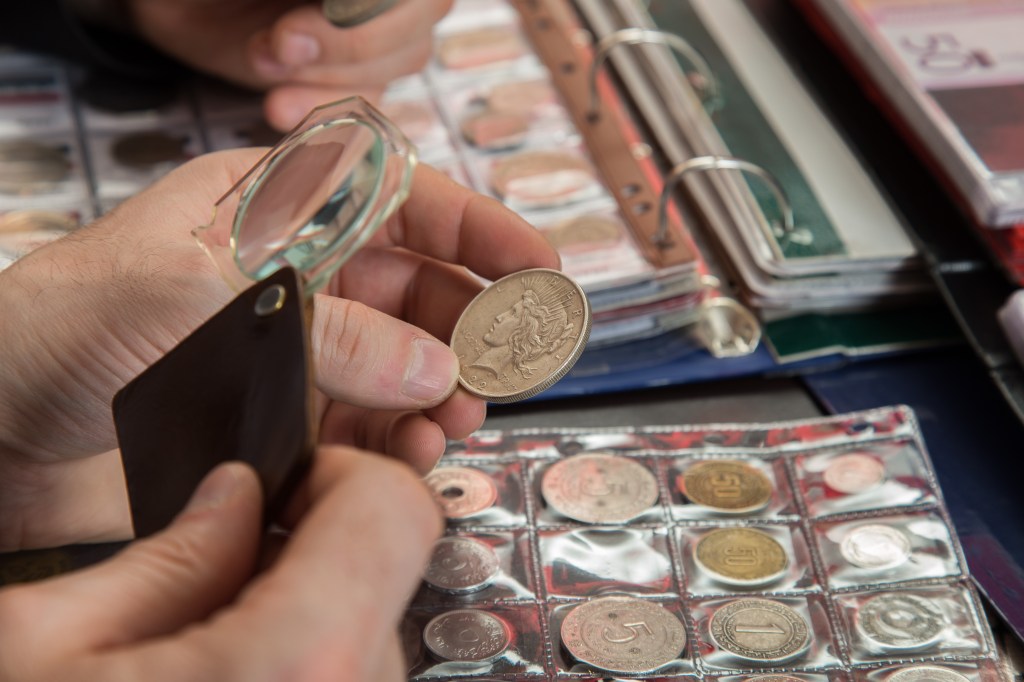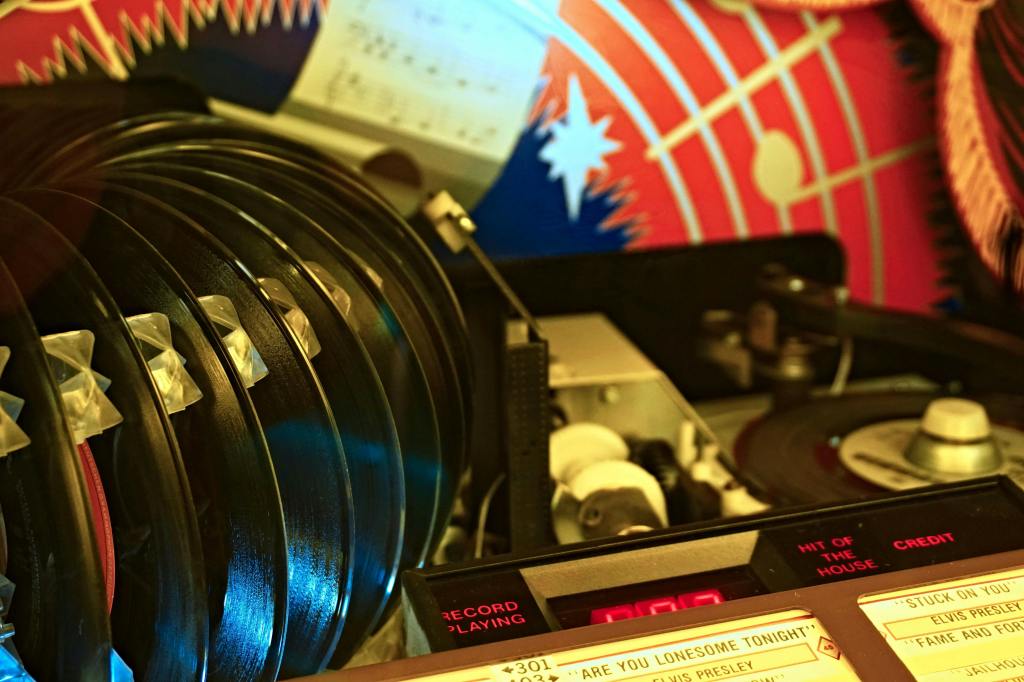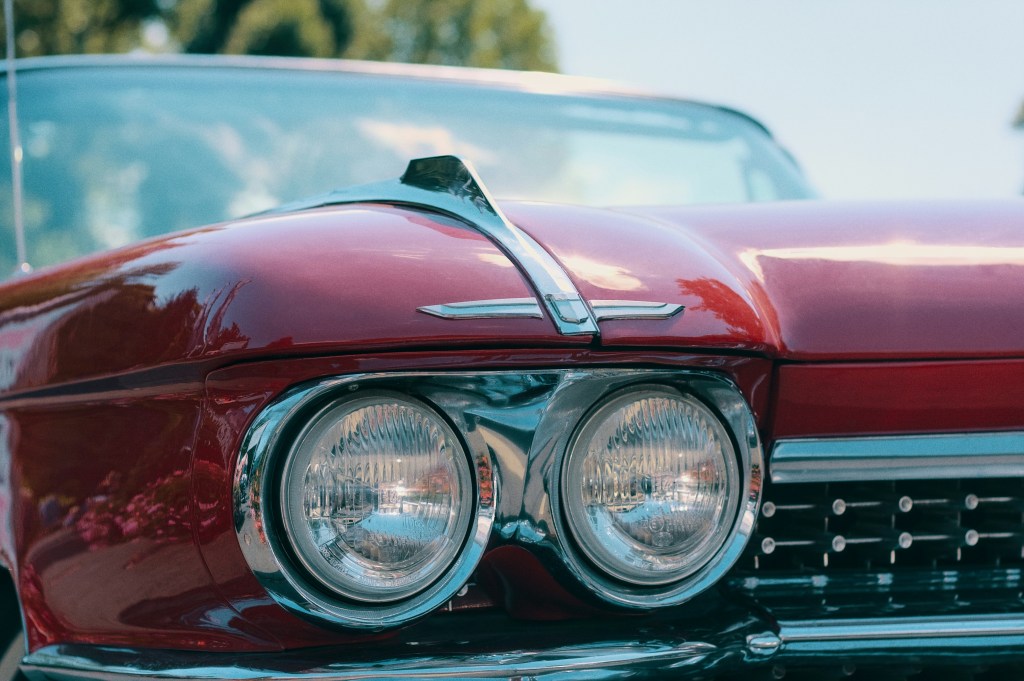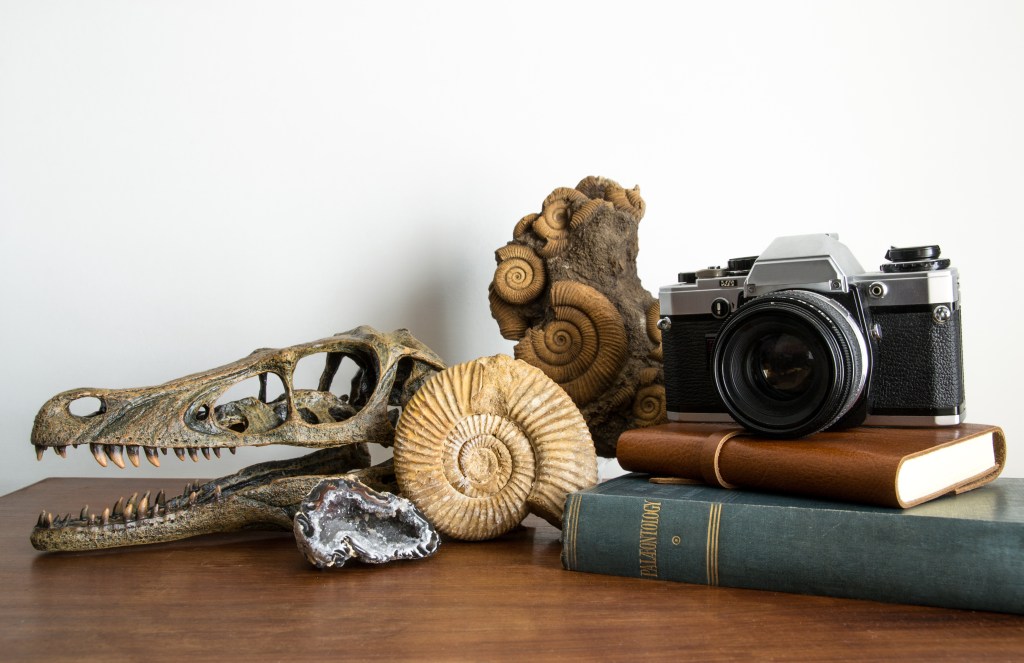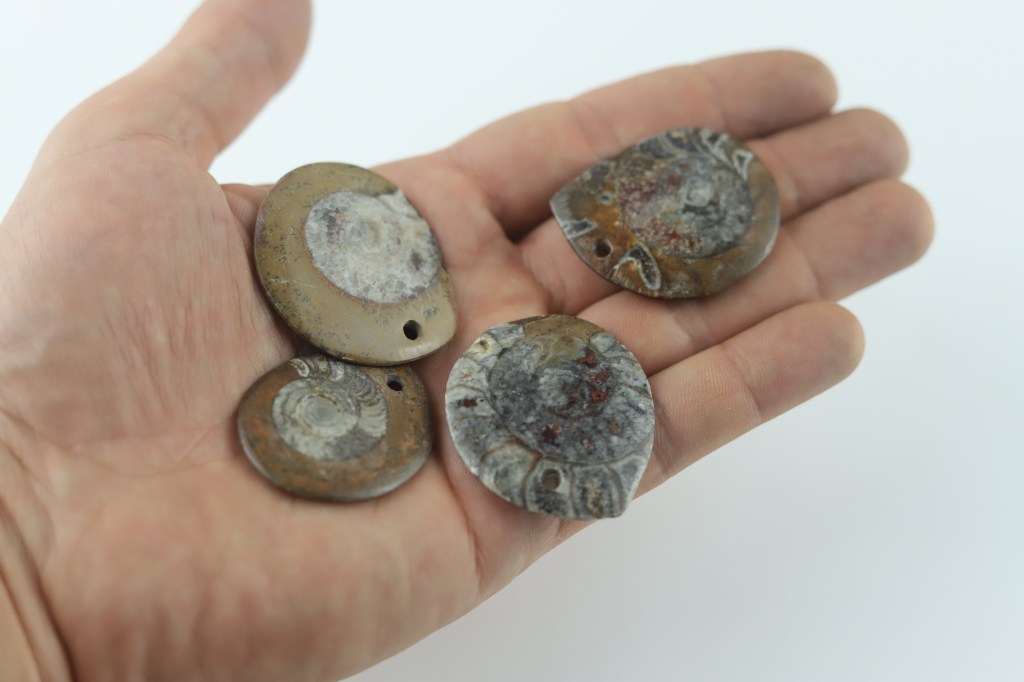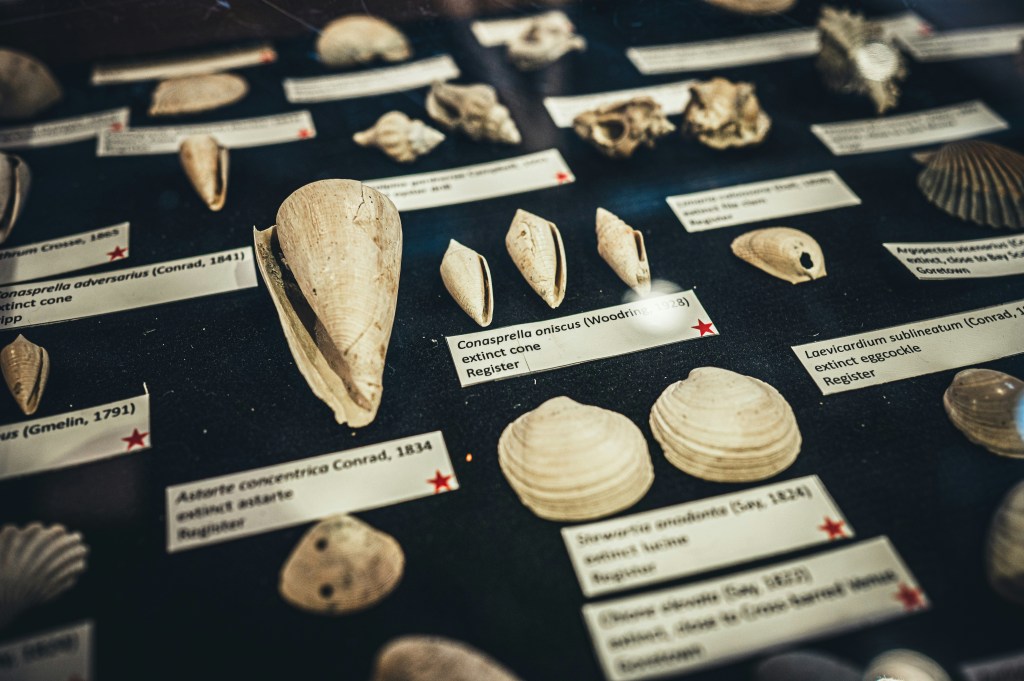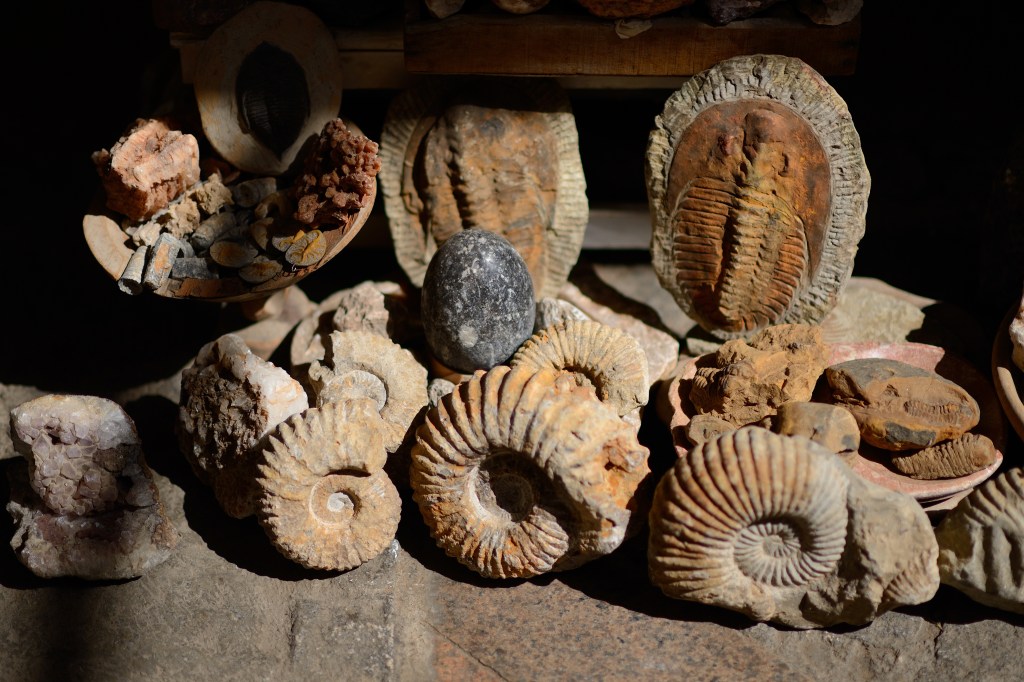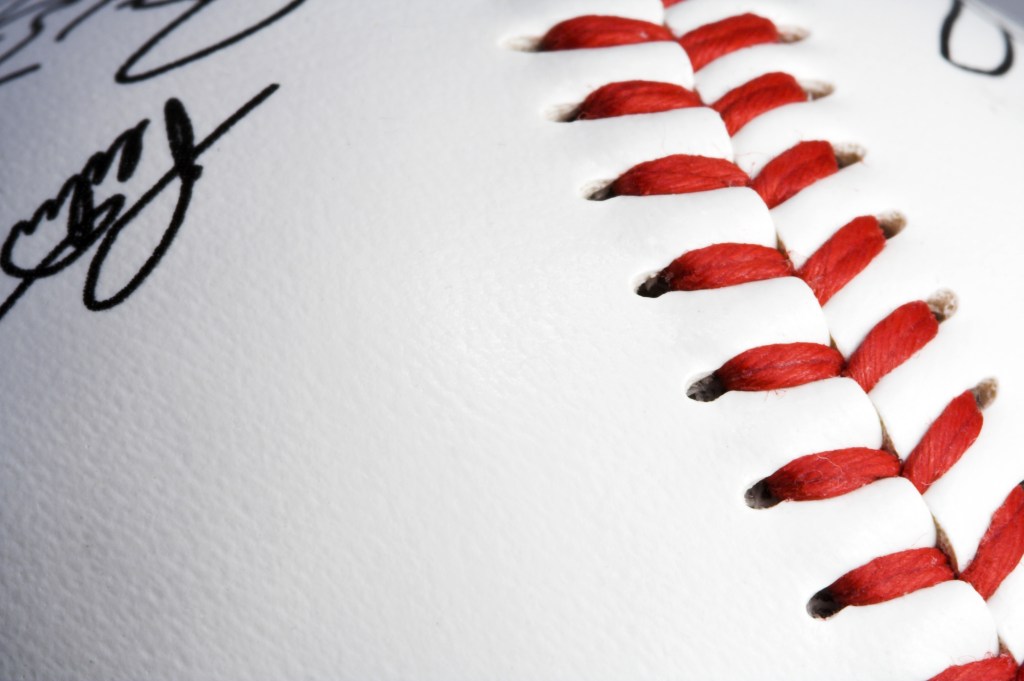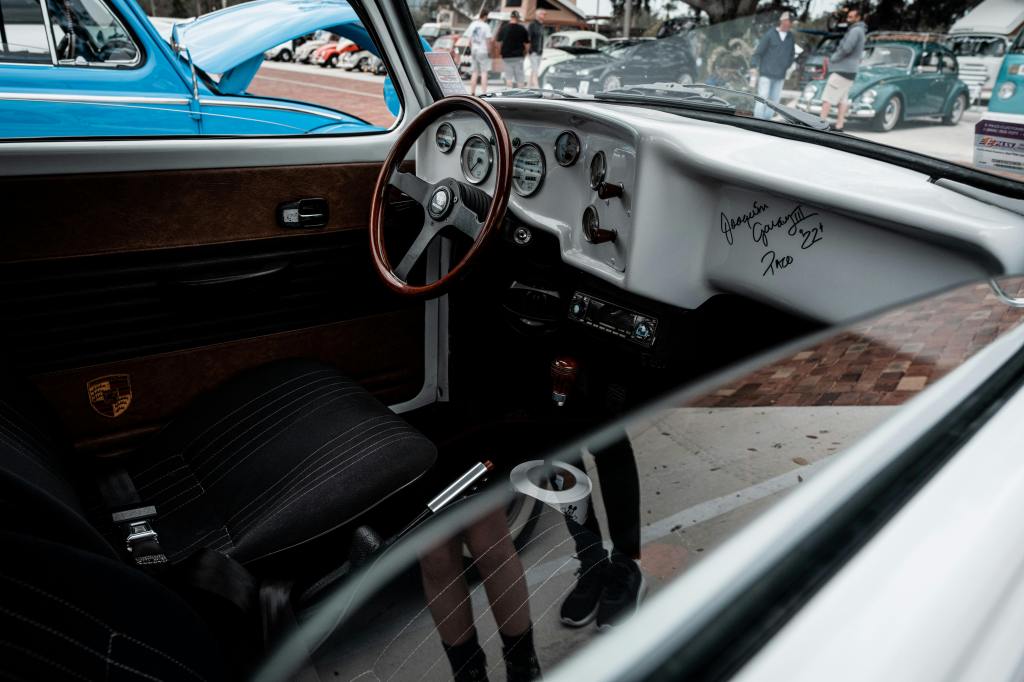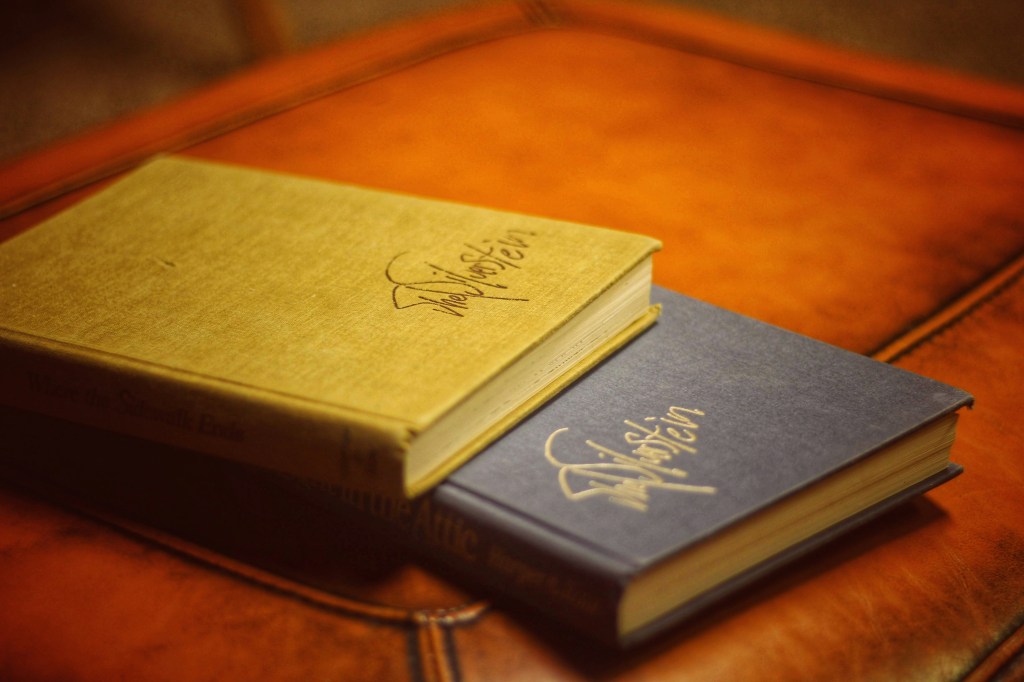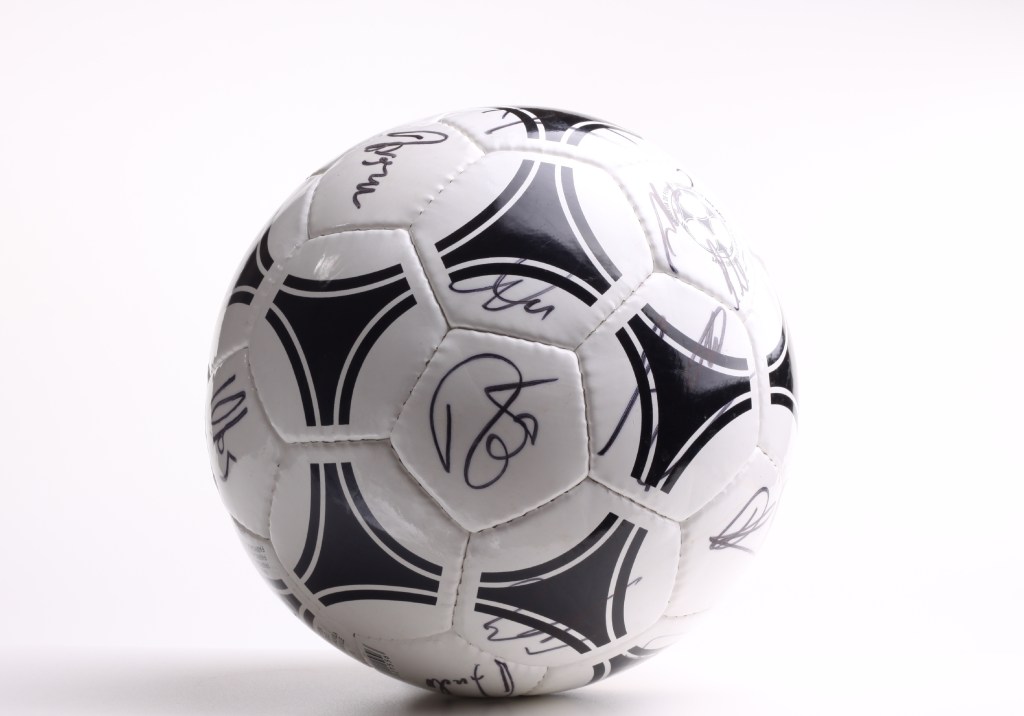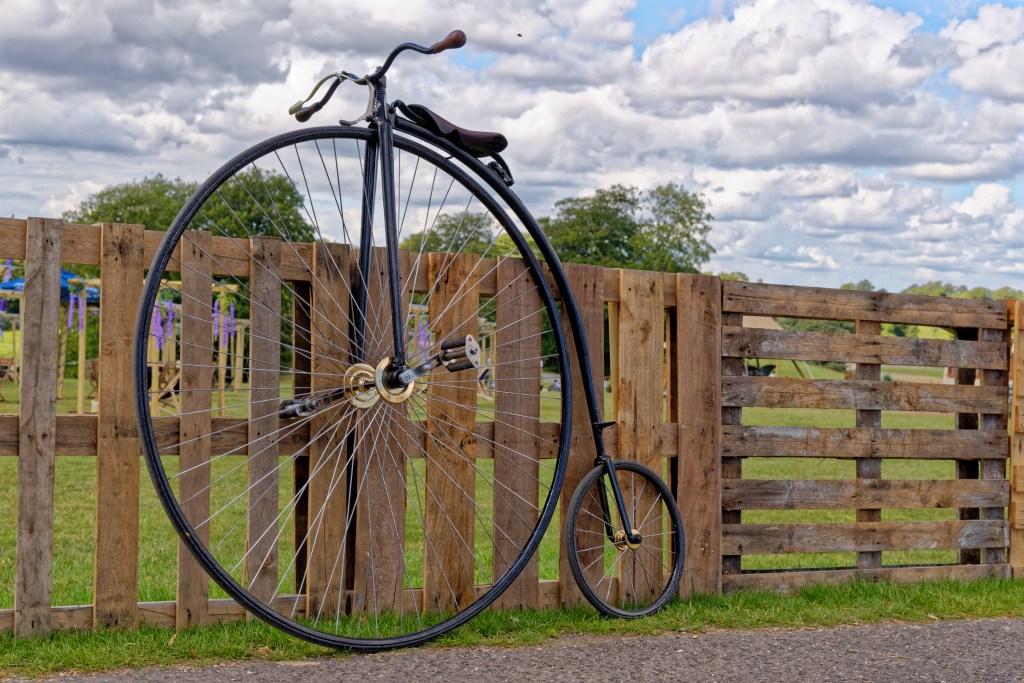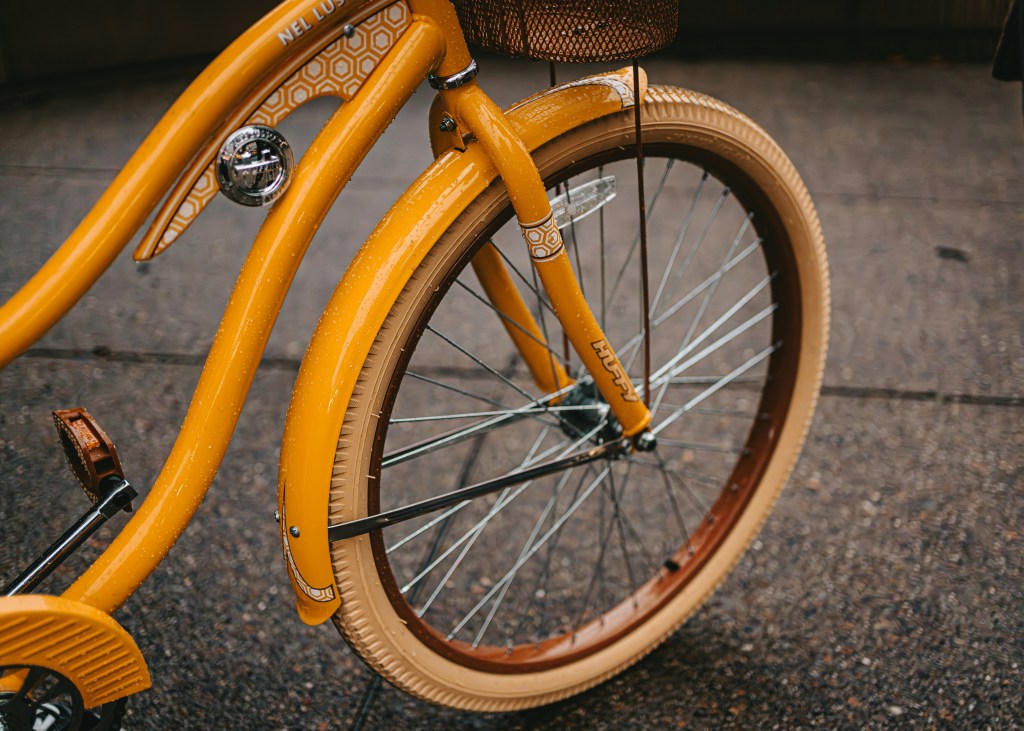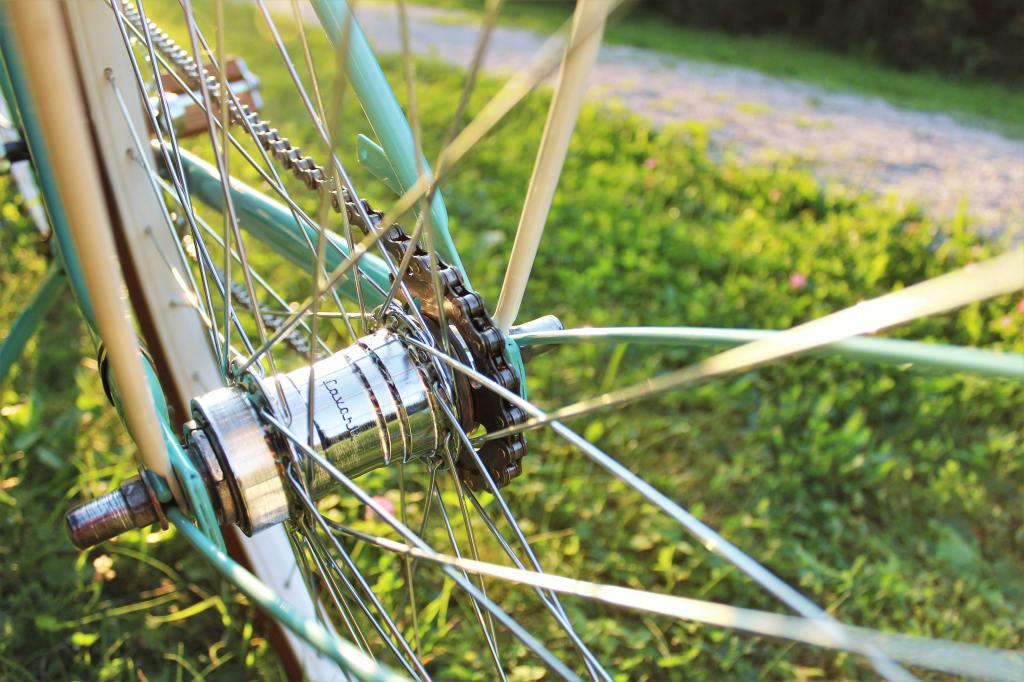Transform your Magic the Gathering collection with effective organizing tips and strategies. Discover how to manage your cards like a pro—read more now!
Why Magic the Gathering Cards Are a Serious Investment
Magic: The Gathering has evolved into a global collectible market with cards valued in the thousands. Collectors take this hobby seriously for various reasons, from the thrill of the chase to the potential for significant investment returns.
One of the most exciting aspects of this hobby is deck building, which can lead to the discovery of high-value Magic: The Gathering (MTG) cards. Whether you’re creating a commander deck, a legacy deck, or any other type, there is something out there for every deck builder.
Collectors and investors thrive on the excitement of uncovering new cards, especially older cards, often regarded as hidden gems. However, as with any collectible, it’s essential to maintain your cards in excellent condition to preserve their value over time.
In this blog, we will delve into various aspects of organizing your MTG collection. From practical tips for sorting and storing your cards to strategies for deck building, we aim to provide you with a comprehensive guide. Additionally, we will discuss the importance of protecting your investment so that your collection remains in the best possible shape.
Read on to learn more about the exciting world of MTG and how to make the most of your collection!
Organizing Your Magic the Gathering Collection for Value and Protection
A properly organized collection is easier to enjoy and can increase the long-term value of your assets. A well-structured approach to your collection enhances deck building. This is especially true for Magic: The Gathering (MTG) cards, where sorting cards can lead to better gameplay and investment decisions.
Strategies for sorting Magic cards
Several effective strategies can be employed to organize MTG cards. One popular method is color sorting. MTG cards come in five colors (green, black, red, white, and blue) and colorless and multi-color variants.
Another effective approach is to sort cards by set, such as the core set, which involves grouping them according to editions or expansions. This method helps find specific cards and provides a historical perspective on the game’s evolution.
Creating an effective system
Beyond simple sorting, creating a personalized organizational system can enhance your card management. You can categorize your cards based on gameplay importance, type, and function, or alphabetical order. Additionally, you can store your cards in their boxes according to type.
Managing your inventory
Inventory management is crucial to maintaining your entire collection. Tracking what cards you have, card name, color identity, where they are stored, and their overall value can help you manage your collection as an investment. Some collectors prefer digital inventory tools, such as spreadsheets or specialized apps, designed to streamline the inventory process.
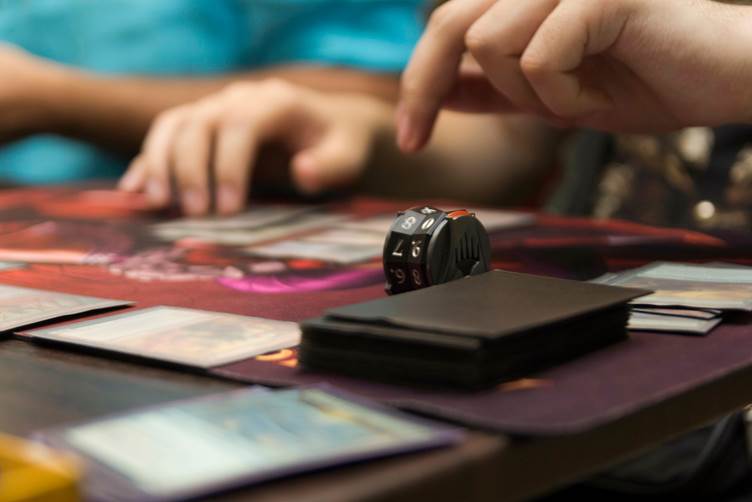
Storage Tips: Keeping Your Cards in Top Condition
Humidity, sunlight, and careless handling can destroy card value. How you store your Magic: The Gathering (MTG) cards greatly influences their condition and worth. Whether you’re a casual player or a dedicated collector, how you store cards determines how you maintain your collection.
Best storage solutions
- Plastic Card Sleeves: Plastic card sleeves are a favorite among card collectors, and Magic players are no strangers to using them. These sleeves protect each card from contact with others, preventing scratches and wear. Utilizing sleeves helps keep your cards organized and maintains their condition.
- Cardboard Storage Boxes: Cardboard storage boxes are an excellent choice for those with a large collection. They offer protection from potential damage while helping to keep your cards organized and avoiding several piles. Additionally, these boxes provide easier access to your cards when needed.
- Binders with Plastic Sheets: Binders are another popular storage option for easy viewing and organization. You can display your cards using plastic sheets while keeping them safe from harm. This method is beneficial for showcasing specific cards, keeping the cards sorted, or quickly finding what you need.
Protection tips
Investing in quality storage solutions is essential, but where you store your cards is equally crucial. Even the best storage won’t protect your cards if they’re kept in environments with extreme temperature fluctuations or high humidity, such as basements and attics. Moreover, direct sunlight can fade and damage your cards, so keeping them away from such exposure is essential.

Identifying the Most Valuable Cards in Your Collection
In Magic: The Gathering (MTG), certain cards have earned a reputation for their rarity and value. This section focuses on valuable cards, including their unique characteristics, which contribute to their desirability among collectors and players.
Alpha cards
Alpha cards represent the very first limited-edition release of MTG, making them exceptionally rare and highly coveted. One card, Black Lotus, is a legendary card, with only 1,000 copies printed. Its scarcity and powerful gameplay potential have made it a prized collector’s possession.
Beta cards
Following Alpha, the Beta set comprises the second run of the limited-edition cards. A distinguishing feature of Beta cards is their sharp corners. One notable card from this set is Copy Artifact, which has experienced fluctuating value. It is favored not only for its gameplay versatility, with a low mana cost, but also as a collectible item due to its connection to the early days of MTG.
Unlimited Cards
The Unlimited set marks the second overall release of Magic: The Gathering. These cards are slightly larger than the Beta run and are identifiable by their white borders. While not as rare as Alpha or Beta cards, Unlimited cards still hold significance in the trading card community.
Expansions
Several expansion sets have been released since the original MTG launch, including Arabian Nights, Legends, and Antiquities. Among these, Arabian Nights is particularly desirable due to its limited print run and status as the first expansion ever released. Collectors often seek out cards from this set for their historical value and rarity.
Test prints and misprints
In addition to the main releases, other cards, such as test prints and misprints, hold a unique place in the MTG landscape. Test prints are printed cards but never distributed commercially, making them rare and often sought after by dedicated collectors. Conversely, misprints can arise from production errors, adding another layer of intrigue and value to certain cards.

Grading Your Cards: Why Condition Matters
Card condition drastically impacts value, making grading a crucial aspect of collecting. Understanding how grading works, when it’s worth the investment, and how to prepare your cards for professional evaluation can enhance your collection and financial returns.
What is grading?
Grading is when a third-party service inspects a card’s authenticity and condition. Cards are usually scored on a 10-point scale, with each grade reflecting the card’s quality. Once graded, the card is placed in a sealed holder and assigned a unique serial number, ensuring its protection and authenticity.
Why grading matters
Grading is important for several reasons. A good grade can significantly impact a card’s market value, offering protection against counterfeits and increasing the card’s desirability when buying, selling, or trading. Moreover, grading can be beneficial for insurance purposes, providing documentation of a card’s condition and value.
When is grading worth it?
Whether to grade your cards depends on various factors, including your personal collection, budget, and plans. While grading can be a significant cost due to shipping and service fees, it can yield a good return on investment if you choose to resell graded cards. Be aware that costs fluctuate between professional grading services, often depending on turnaround time and whether multiple cards are submitted.
Preparing for professional evaluation
To prepare cards for professional grading, complete a submission form and adhere to the grading company’s guidelines. Begin by placing each card in a penny sleeve for protection. Then, sandwich the cards between larger pieces of cardboard to prevent bending or damage during shipping.
Secure the bundle with rubber bands, ensuring they are not too tight. When packing, fill the box with bubble wrap for added protection, and include the submission form and payment as required by the grading service.
Should You Collect for Profit or Play?
In the world of Magic: The Gathering, a delicate balance exists between the joy of gameplay and the savvy of investing. Collectors often manage their decks and legacy collections to serve dual purposes: playing the game and building valuable collections. This unique aspect of MTG attracts both competitive players and passionate collectors alike.
Playing vs collecting
At its core, Magic: The Gathering is fundamentally about the game itself. Many fans dedicate themselves to creating custom decks, drawn by gameplay’s strategic depth and interactive nature. This enthusiasm for playing fosters community among players who often share tips, strategies, and experiences.
On the other hand, a significant segment of the MTG community is captivated by the artistry of the cards. The stunning artwork can draw individuals into collecting, even if they do not actively play the game. Rarity plays a crucial role; rare cards are typically much more valuable than their common counterparts, making them highly sought after by collectors.
Combining gameplay and investing
Bridging the gap between these two interests allows fans to connect with other enthusiasts. Players and collectors contribute to a thriving community through events, trading binders, or sharing strategies. This blend of interests enriches the overall experience of being part of the Magic: The Gathering world.
Collection strategies
Those looking to enhance their collections can employ various strategies. Engaging in trades with fellow collectors is a popular method, as many enjoy the social aspect of trading binders. Additionally, attending conventions, tournaments, and local events can prove beneficial in expanding one’s collection. Online platforms also offer the opportunity to connect with like-minded enthusiasts, while local game stores often host events that can enrich the collecting experience.
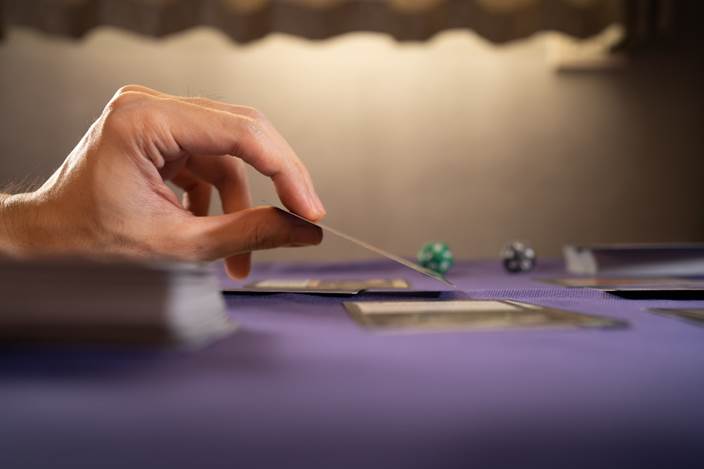
Building a Budget-Friendly MTG Collection
Collecting Magic cards doesn’t have to be an expensive endeavor. With some strategic planning and smart buying tips, you can build a valuable collection without breaking the bank. This guide will help you set a budget, identify key purchasing strategies, and avoid common pitfalls that can lead to overspending.
Building a large collection
- Set a budget: Before diving into card collecting, it’s crucial to establish a budget. Determine how much you can comfortably spend on your MTG collection without negatively impacting your finances. This will help you make more thoughtful purchases and prevent impulse buys that could lead to regret later on.
- Basic cards: Start your collection by focusing on basic cards, such as basic lands. They are essential to gameplay and can often be found at lower prices. Building a solid foundation with these cards provides both utility in games and a way to trade up for more valuable cards later.
- Focus on a format: Concentrating on a specific format, such as Standard, Modern, or Commander deck, can help narrow your search and keep your collection focused. This allows you to target cards that not only fit your chosen format but also have the potential to increase in value over time.
- Consider a bulk box: While investing in a bulk box might initially seem pricey, it can yield many cards, contributing to your collection quickly. These boxes often contain a mix of commons, uncommons, and sometimes even rares, providing excellent value for those willing to sift through the cards.
Connecting with the community
- Check out your local store: Visiting your local game store is a great way to find deals on MTG cards. Many stores offer promotional sales, discounted prices, or special events encouraging trading. Building a rapport with the store staff can also open up opportunities to learn about valuable cards and upcoming sales.
- Trade with others: Trading is key to building your collection without spending additional money. Connect with other collectors and players to exchange cards you no longer need for ones that will enhance your collection. This method can often lead to surprising finds and valuable trades.
- Attend events and tournaments: Attending local events and tournaments can help you expand your network within the MTG community. Engaging with fellow players and collectors provides opportunities to trade and keeps you informed about trends, values, and local deals that might not be advertised.
Why Magic the Gathering Collections Need Insurance
Magic cards are vulnerable to various risks, from fire to flood to theft. Many collectors underestimate the potential threats that can lead to the loss or damage of their prized card collections.
Understanding how collectible card insurance works, what it covers, and why standard renters’ or homeowners’ policies may not provide adequate protection is essential for every serious Magic: The Gathering (MTG) collector.
Insurance considerations
If you have a valuable MTG collection, you might believe your homeowners or renters’ insurance is sufficient to cover potential losses. However, this assumption can be misleading. Standard policies may provide basic coverage, but they often fall short regarding the unique needs of collectible card owners.
Homeowners/renters insurance vs. Collectible insurance
- Homeowners’ insurance: Homeowners’ insurance usually covers the actual cash value of your collection, which might be less than its current market value. Policies often limit coverage for belongings to 50%-70% of your home’s total value and may not cover losses from natural disasters like floods, hurricanes, or earthquakes.
- Collectible insurance: Collectible insurance offers comprehensive coverage for collections, protecting against threats like floods, fire, hurricanes, earthquakes, burglary, and theft, giving collectors peace of mind for their valuable MTG cards.

What to Look for in a Policy
When insuring your collection, it is crucial to select the right policy tailored to your specific needs. Understanding key terms, coverage limits, and valuation methods is imperative. By doing your homework and familiarizing yourself with these elements, you can protect your Magic: The Gathering cards.
Researching providers
A comprehensive collectible insurance guide emphasizes the importance of researching potential insurance companies. Start by verifying their accreditation and financial stability within your country.
Customer reviews can be invaluable; they often provide insights into the quality of the claims process and customer service. This due diligence can help you identify reputable providers and avoid unnecessary headaches when filing a claim.
Policy specifics
Before signing on the dotted line, it’s essential to dive into the specifics of the insurance policy. Pay close attention to what is covered and what isn’t, along with options for augmenting your existing coverage. Equally important is clearly understanding your deductible, coverage limits, and premiums. If you have questions or need further clarification, don’t hesitate to consult your insurance agent. They can also assist with appraisals and necessary documentation to support your policy.
Quotes
To ensure you’re making the best decision, it’s wise to shop around and obtain quotes from multiple insurance providers. This not only helps you identify the most competitive prices but also enables you to compare the coverage options available.

Final Thought: Treat Your Collection Like the Asset It Is
Your Magic: The Gathering collection could be your next significant investment, or it may hold sentimental value as a cherished legacy. Regardless of its significance, treating your collection with the care it deserves is essential.
Protecting your MTG cards helps maintain their value over time. Consider insuring your Magic cards to protect them financially against unforeseen events. By taking these steps, you can enjoy your collection with peace of mind, knowing it is secured for the future.
Sources
https://www.flipsidegaming.com/blogs/magic-blog/how-to-organize-your-magic-collection-the-pile-challenge?srsltid=AfmBOopFmpNIt_25UUgKwqCnMK23-Dhj4LsI1k0Tv_I-mwYDvm3baMP5
https://gocollect.com/blog/playing-or-profit-collecting-strategies-for-magic-the-gathering
https://www.elitefourum.com/t/guide-to-mtg-collecting/32769
https://themythicstore.com/blogs/basics/tips-and-tricks-for-managing-and-organizing-your-magic-the-gathering-collection
https://www.flipsidegaming.com/blogs/magic-blog/collectability-is-at-the-heart-of-magic-the-gathering
https://themythicstore.com/blogs/basics/building-a-magic-the-gathering-collection-on-a-budget-proven-methods-from-the-mythic-store
https://www.tsingapore.com/article/are-mtg-cards-worth-collecting-lets-take-a-quick-look/
https://www.magiccardinvestor.com/how-to-sort-mtg-cards/
https://www.cardboardconnection.com/comprehensive-guide-card-grading
https://www.dicebreaker.com/games/magic-the-gathering-game/best-games/most-expensive-mtg-cards
